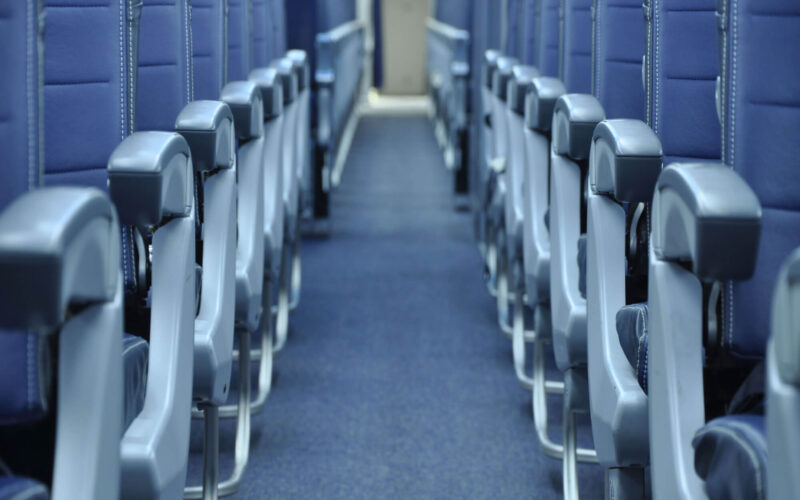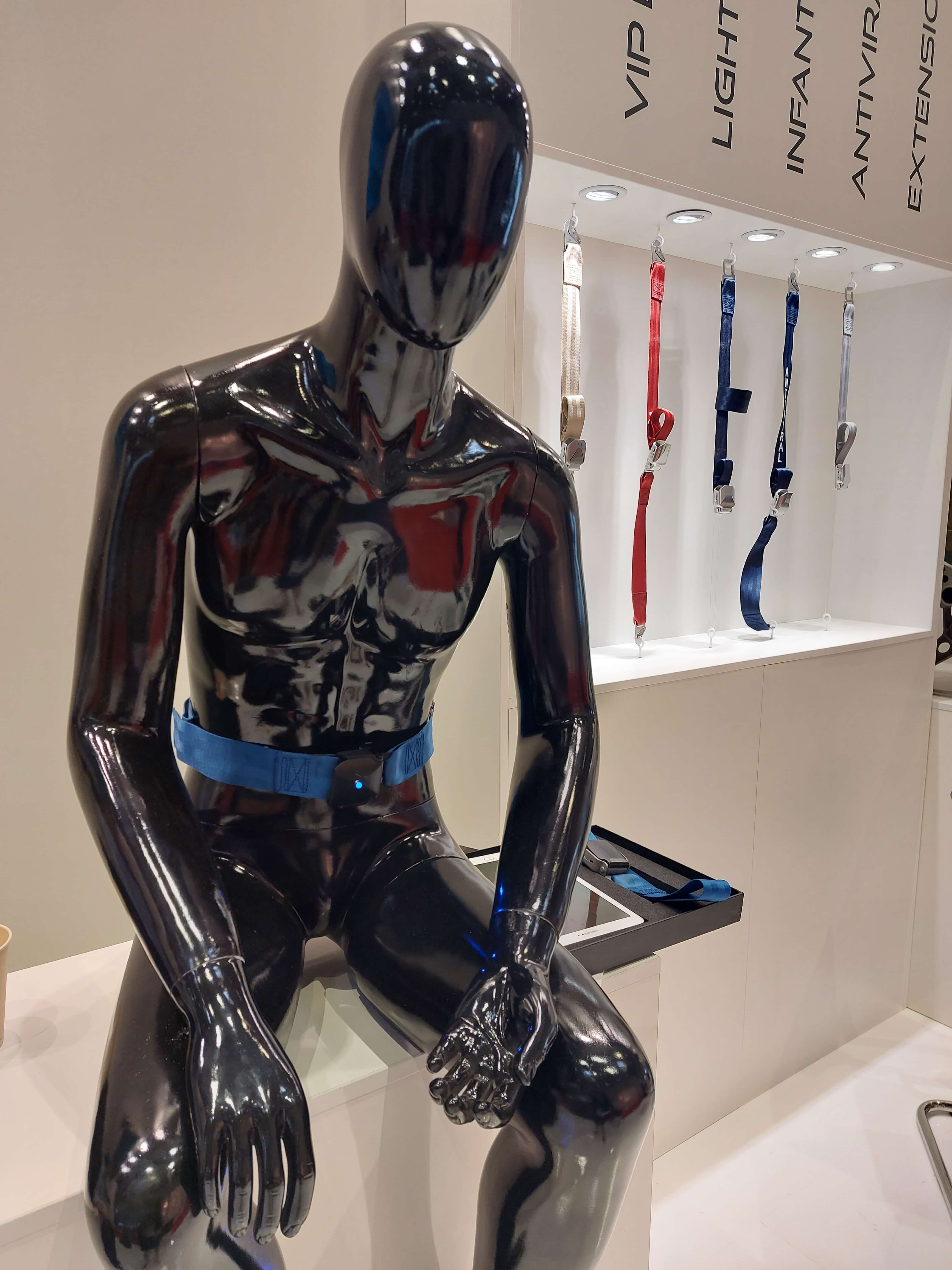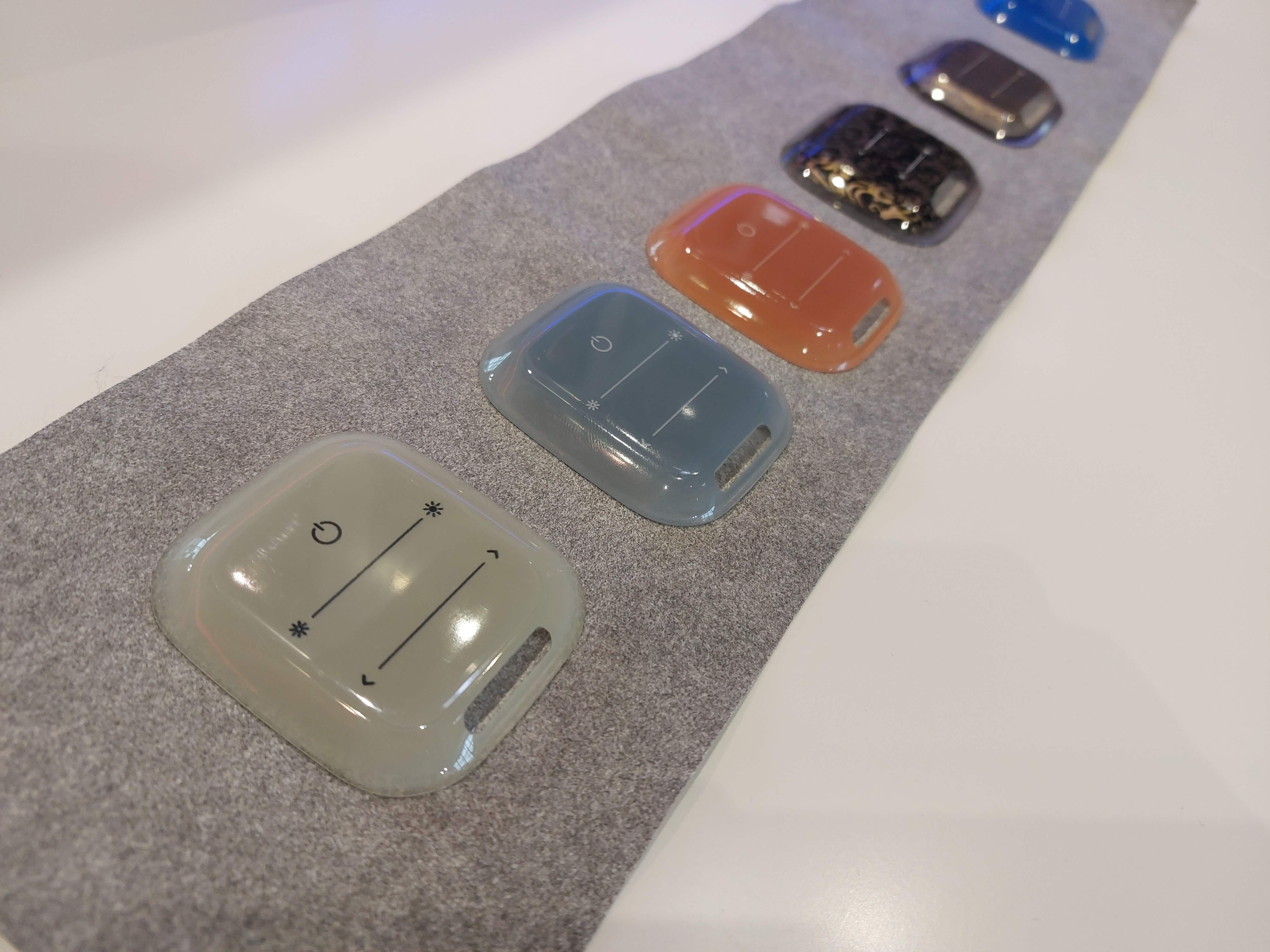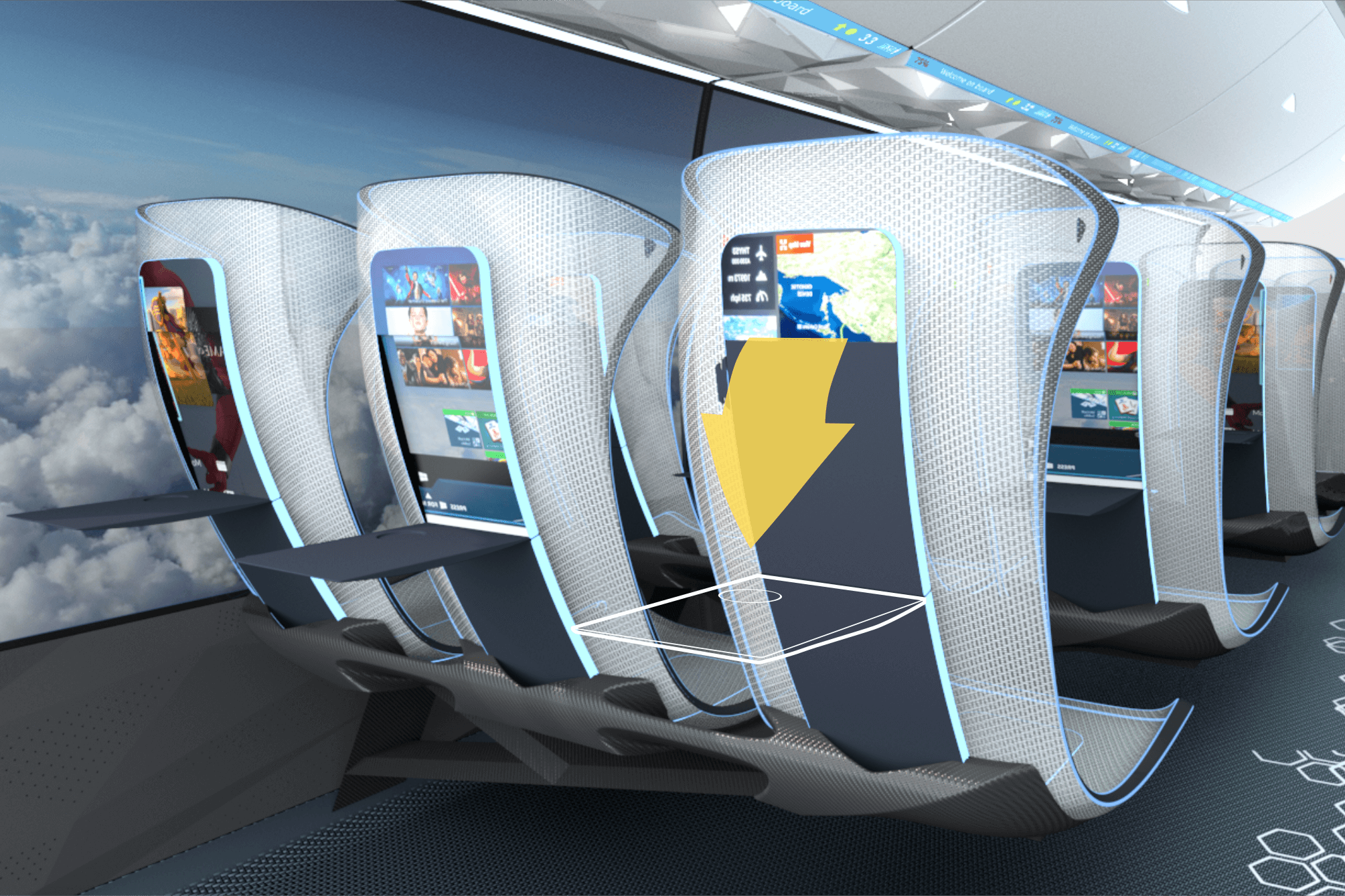From sensors to monitor whether you’re securely strapped in during turbulence right through to “Jedi” reading lights, bionic windscreens and a wealth of inflight entertainment (IFE) options, there was plenty on show at the Aircraft Interiors Expo in Hamburg.
The show, which brings together airlines, designers, engineers and manufacturers, to show off new concepts and products for aircraft cabins and IFE, is being held for the first time since 2019 as a result of the COVID-19 pandemic. While footfall seemed lower than in previous years, exhibitors were happy to be back and enjoying the face-to-face meetings.
AeroTime found some interesting products that may or may not be coming to an aircraft near you soon. AIX runs from June 14-16, 2022 in Hamburg.
Smart seatbelts and noise canceling headrests
German company ACM Aircraft Cabin Modification was touting its range of “smart products”, including a seat belt that senses whether you’re strapped in and heart monitors that can tell if you’re stressed. The seatbelt sensor is a similar concept to those found in cars, which flash warnings if the driver or passenger are not strapped in.
“It’s especially useful during turbulence,” managing director Arash Noshari explained to AeroTime in Hamburg. “It means the crew can quickly get an overview of whether passengers are buckled up.”
A dummy wearing a seatbelt sensor at the ACM booth at AIX Credit: Victoria Bryan
The company has also developed sensors that can be embedded in seats to monitor heart rate, providing an ECG-style readout. The use case scenario here is for pilots, Noshari said. If aircraft manufacturers such as Airbus and Boeing want to move to single-pilot technology then there must be a way to monitor the health of the pilot, which is where the ACM sensor would come in. Should the pilot become incapacitated, people on the ground could be alerted and then potentially control the aircraft from the ground to a safe landing.
The third smart product the company has developed are headrests with active noise canceling, which Noshari said can reduce sound energy by 30%. ACM is currently in the test phase for all the products, with regulatory approval to come later.
“We are convinced by the products, we think these are the future.” he said. While waiting for approval for the products, ACM has had success in recent months with something more mundane – cargo nets to secure freight.
“Jedi” reading lights
German glass manufacturer Schott displayed its brand-new pebble-like reading light, Jade Reading Light, at the Expo, which it says is the first glass-based, touch function light for aircraft.
The smooth light has no moveable parts, thus reducing maintenance costs and because it is glass, can have any design printed onto it, such as wood or marble effect or branding, making it highly customizable for airlines, Philip Fischer, vice president industrial, aviation & automotive, told AeroTime. Airlines can also control the color of the light during boarding, for example, to match their branding.
Different Schott Jade reading light designs. Credit: Victoria Bryan
For passengers, swiping with your finger dims the light or changes the position of it slightly. “You feel a bit like a Jedi with this,” Fischer said with a smile. The light will also follow the movement of the seat, if the passenger reclines it to a lie-flat position.
In these pandemic times, the Jade light also offers another advantage, Fischer said. It can be easily cleaned with a quick wipe, unlike other lights with their moveable switches or lamps.
Schott has teamed up with seat manufacturer Thomson for the light, which was being displayed at a trade fair for the first time.
No more cold galleys
Ever noticed how some areas in aircraft feel really cold? This reporter has spent some time on a 15-hour flight sitting near the doors and can vouch that the floor gets very cold there. AeroTime has even heard stories of how cabin crew resort to woolen socks or use bottles filled with warm water to keep their feet warm in the galleys.
According to Lufthansa Technik, it can get as cold as -10C (14F) in the galleys during a flight, especially in the lower areas due to cold air flow. That makes it not only uncomfortable for crew while they are working, but condensate can also collect on door seals and mechanical parts, freezing in cold weather and potentially preventing the doors from opening.
But the German company, part of Lufthansa Group, has found an answer. Lufthansa Technik said it has signed a deal to provide its HeatNOW floor heating product to Condor on its A320 fleet. The system consists of a heated pad connected to the onboard power and can be installed on almost any floor panel. Lufthansa Technik said it is ultra-thin and lightweight with much better performance and reliability than standard heated floor panels.
Niels Dose, product sales manager, said in a press release during AIX that Lufthansa Technik had been asked by several airlines to develop a cost-effective alternative floor heating system.
“For cargo aircraft operators, HeatNOW is also extremely interesting as an additional floor heating system in the forward galley area between the cockpit and the main cargo bay, where the cargo attendants spend time during the flight,” Dose said.
Sugar cane cabins?
Supplier FACC unveiled what it termed a “radically new” cabin concept at AIX, promising more sustainability and passenger comfort.
The company said it has spent several years developing a new lightweight material derived from sugar cane, which it said is well-suited for use in aviation because it is extremely robust and resistant to heat and chemicals.
It also unveiled a concept for in-flight entertainment, with the entire back of the seat being transformed into a screen that can be connected to the passenger’s own device.
FACC concept for full seatback screens. Credit: FACC
Finally, it said it had redesigned the interior to make better use of available space, making it wheelchair accessible. The concept also included a disability-friendly lavatory.
“In terms of accessibility, there is, quite literally, still a lot of room for improvement in aviation,” Nico Langmann, Austrian wheelchair tennis player, commented in an FACC press release.
Were you at the AIX in Hamburg this year? Share with us your thoughts about what you saw!




